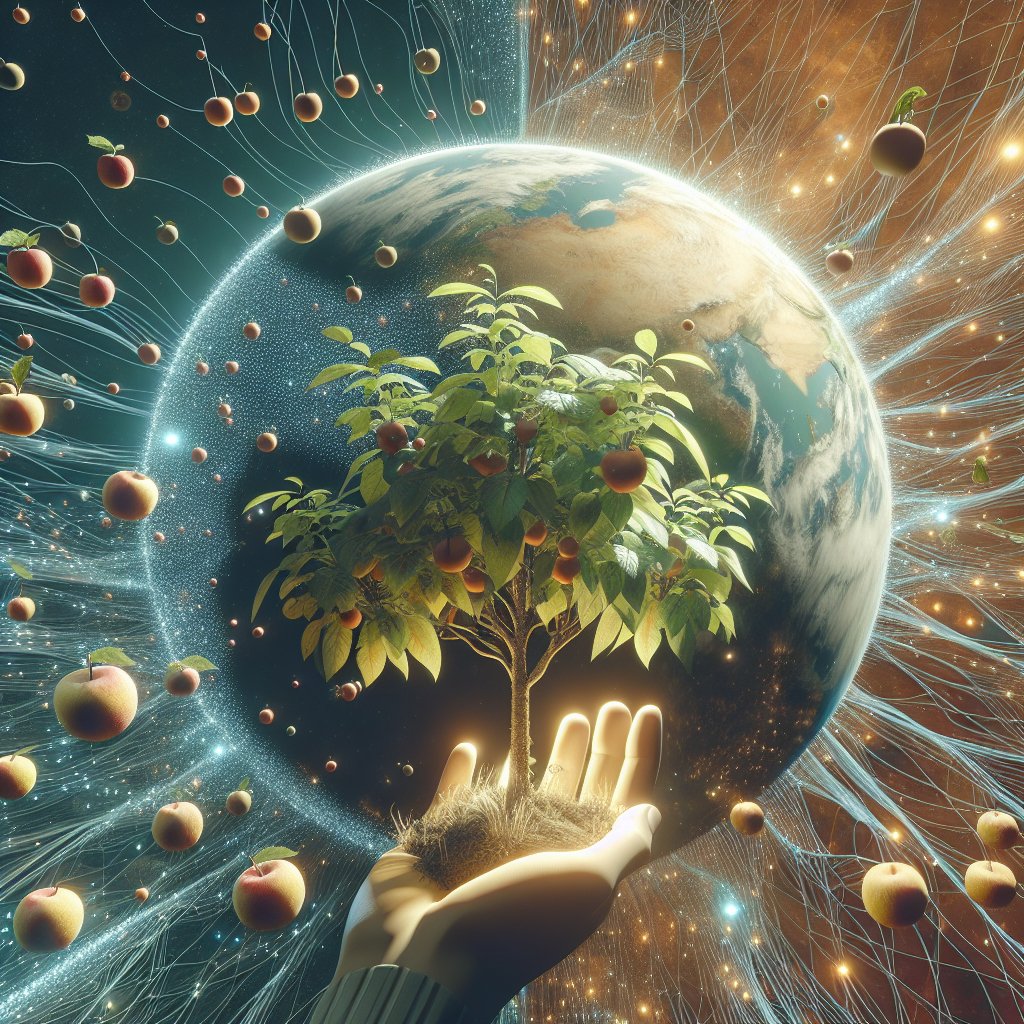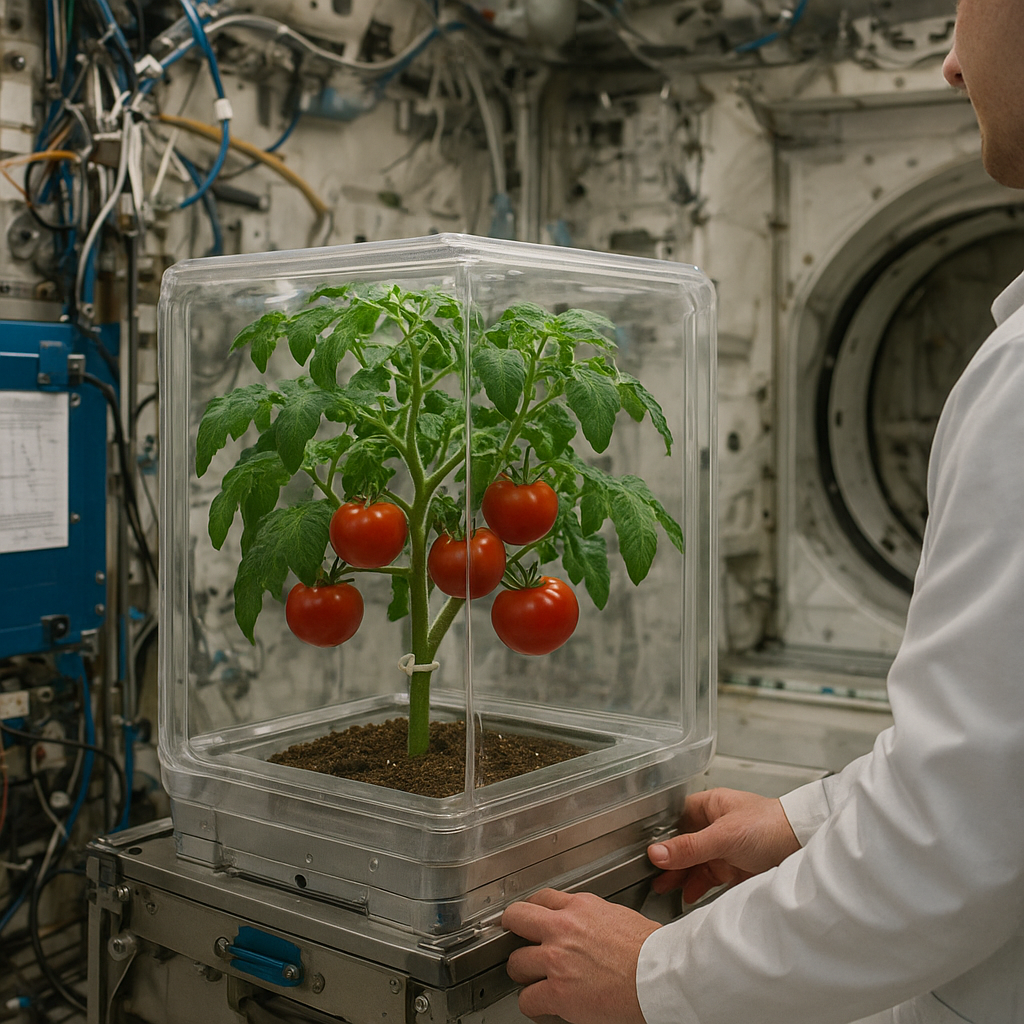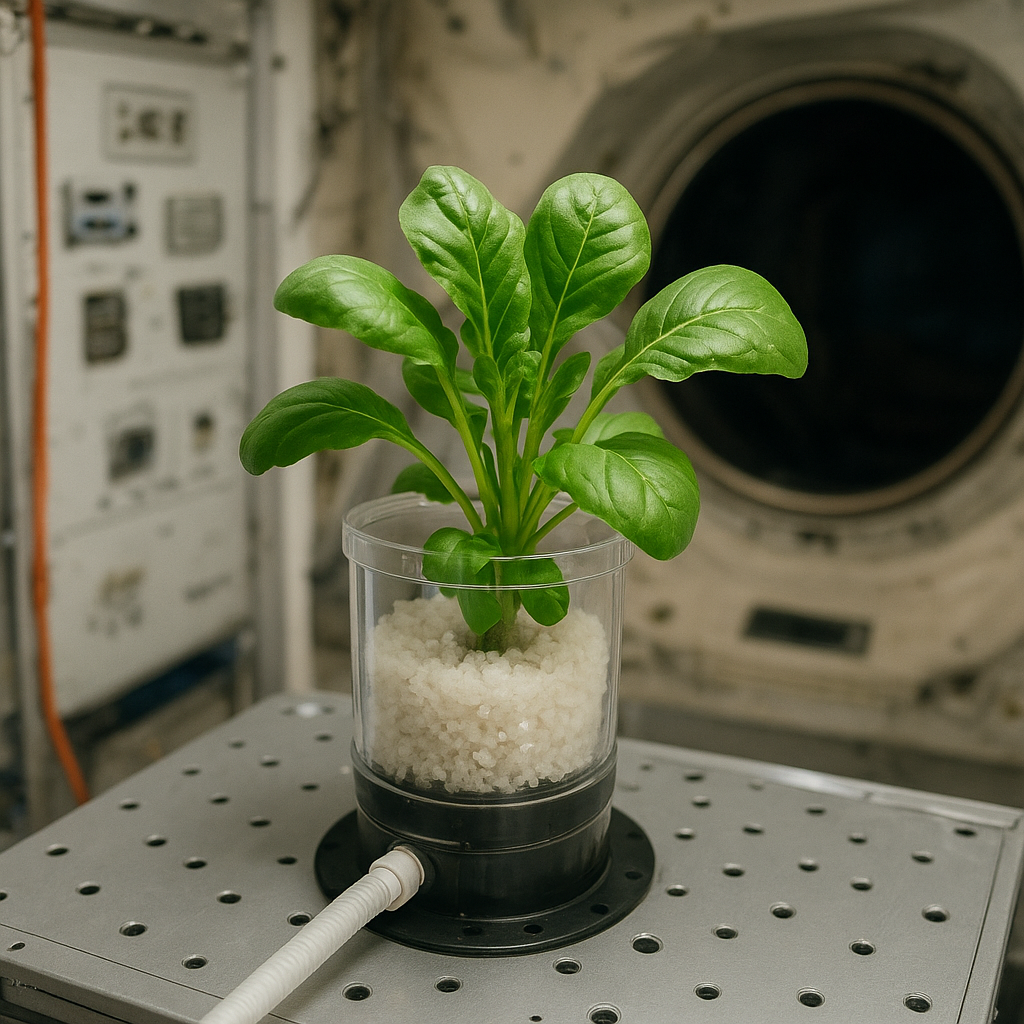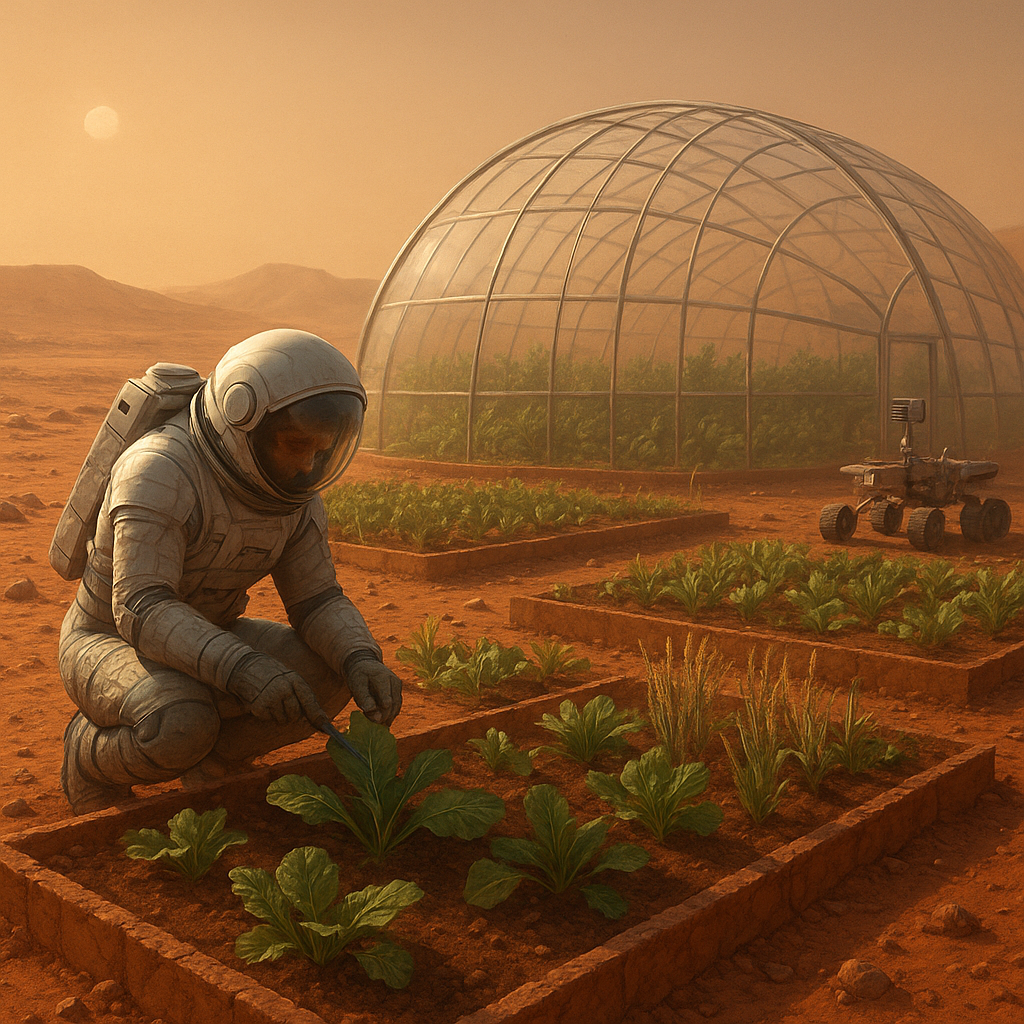The exploration of space has long captivated the human imagination, but as we venture further into the cosmos, practical questions arise about sustaining life beyond Earth. One of the most intriguing inquiries is whether we can grow fruit trees in space. This article delves into the challenges and possibilities of cultivating fruit trees in extraterrestrial environments, exploring the intersection of agriculture and space exploration.
The Importance of Growing Food in Space
As humanity sets its sights on long-term missions to Mars and beyond, the need for sustainable food sources becomes increasingly critical. Traditional supply chains for food are not feasible for extended space travel due to the immense costs and logistical challenges involved in transporting fresh produce across vast distances. Growing food in space not only provides a renewable source of nutrition but also contributes to the psychological well-being of astronauts by allowing them to engage in a familiar and rewarding activity.
Moreover, the cultivation of plants in space can help recycle carbon dioxide and produce oxygen, creating a more habitable environment within spacecraft and habitats on other planets. This symbiotic relationship between plants and humans is essential for long-duration missions, where every resource must be utilized efficiently.
Challenges of Growing Fruit Trees in Space
While the idea of growing fruit trees in space is appealing, several challenges must be addressed to make it a reality. These challenges include:
- Microgravity Effects: In a microgravity environment, plants experience altered growth patterns. Roots may not orient themselves downward as they do on Earth, and the lack of gravitational pull can affect nutrient uptake and water distribution.
- Radiation Exposure: Space is filled with cosmic radiation that can be harmful to both humans and plants. Developing protective measures for crops is essential to ensure their survival and productivity.
- Limited Space: Spacecraft and habitats have limited room for growing plants. Efficient use of vertical space and innovative growing techniques will be necessary to maximize yield.
- Soil and Nutrient Management: Traditional soil may not be suitable for space agriculture. Researchers are exploring hydroponics and aeroponics as alternatives, but these systems require careful management of nutrients and water.
- Pollination: Many fruit trees require pollination to produce fruit. In a closed environment, natural pollinators like bees are not available, necessitating alternative methods for pollination.
Current Research and Experiments
Despite these challenges, significant progress has been made in the field of space agriculture. NASA and other space agencies have conducted numerous experiments to understand how plants grow in microgravity. One notable experiment is the Veggie project aboard the International Space Station (ISS), which has successfully grown various crops, including lettuce and radishes.
Researchers are also exploring the potential of growing dwarf fruit trees, which are smaller and more manageable than their full-sized counterparts. These trees can be cultivated in controlled environments, allowing for easier maintenance and care. The use of LED lighting and controlled climate conditions can help simulate Earth-like growing environments, promoting healthy growth and fruit production.
Potential Fruit Trees for Space Cultivation
When considering which fruit trees to grow in space, several factors come into play, including size, growth rate, and nutritional value. Some potential candidates include:
- Dwarf Citrus Trees: Varieties such as lemon and lime trees are compact and can produce fruit relatively quickly. Their high vitamin C content makes them a valuable addition to an astronaut’s diet.
- Fig Trees: Figs are small, nutrient-dense fruits that can thrive in limited space. They also have a relatively short growing season, making them suitable for space cultivation.
- Cherry Trees: Dwarf cherry trees can produce sweet, nutritious fruit and are manageable in size. They also have a relatively short time to maturity.
- Strawberry Plants: While not trees, strawberries are a popular choice for space agriculture due to their compact size and high yield. They can be grown in vertical systems, maximizing space efficiency.
Future Prospects and Implications
The successful cultivation of fruit trees in space could have far-reaching implications for future space missions. Not only would it provide astronauts with fresh food, but it could also pave the way for sustainable agriculture on other planets. As we explore the possibility of colonizing Mars or establishing bases on the Moon, the ability to grow food in extraterrestrial environments will be crucial for long-term survival.
Furthermore, advancements in space agriculture could have applications on Earth as well. Techniques developed for growing plants in space may lead to more efficient agricultural practices, improved crop yields, and innovative solutions for food production in challenging environments.
Conclusion
The question of whether we can grow fruit trees in space is not just a matter of curiosity; it is a vital consideration for the future of human exploration beyond our planet. While challenges remain, ongoing research and experimentation are paving the way for sustainable food production in space. As we continue to push the boundaries of exploration, the ability to cultivate fruit trees in extraterrestrial environments may one day become a reality, ensuring that future generations of astronauts can enjoy the fruits of their labor—literally.




